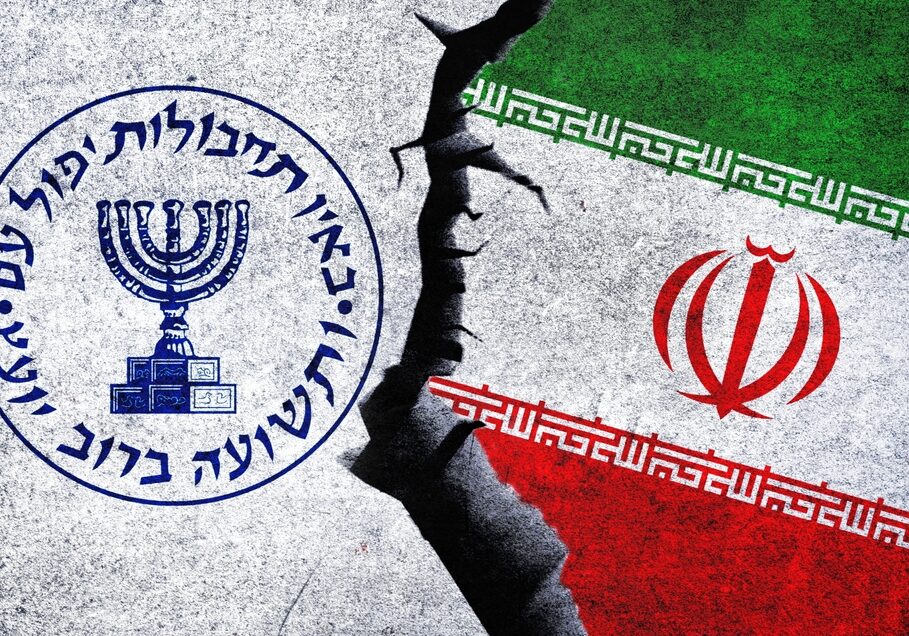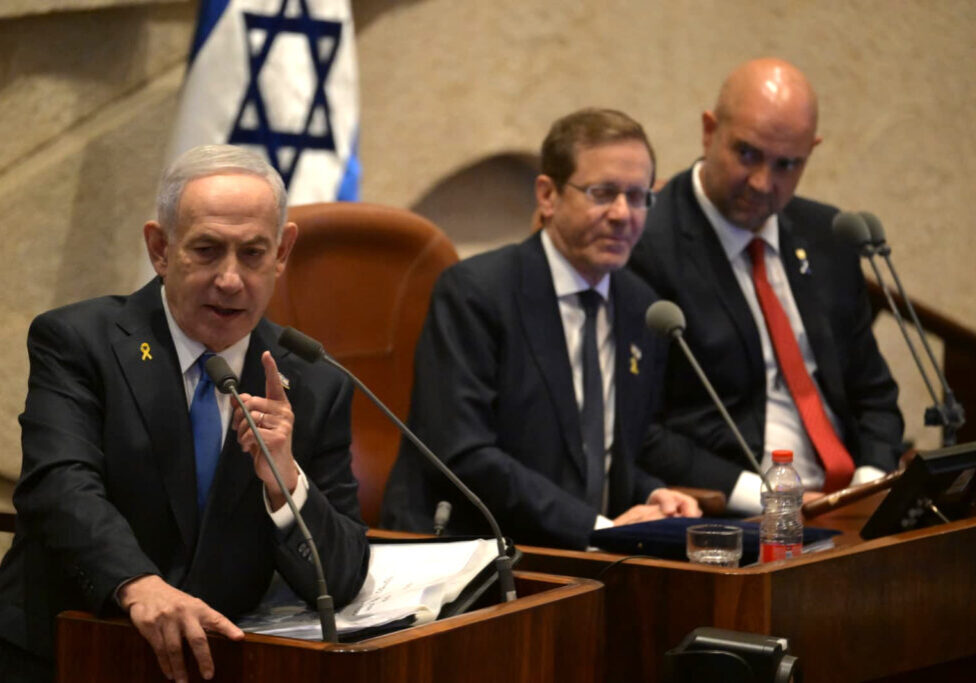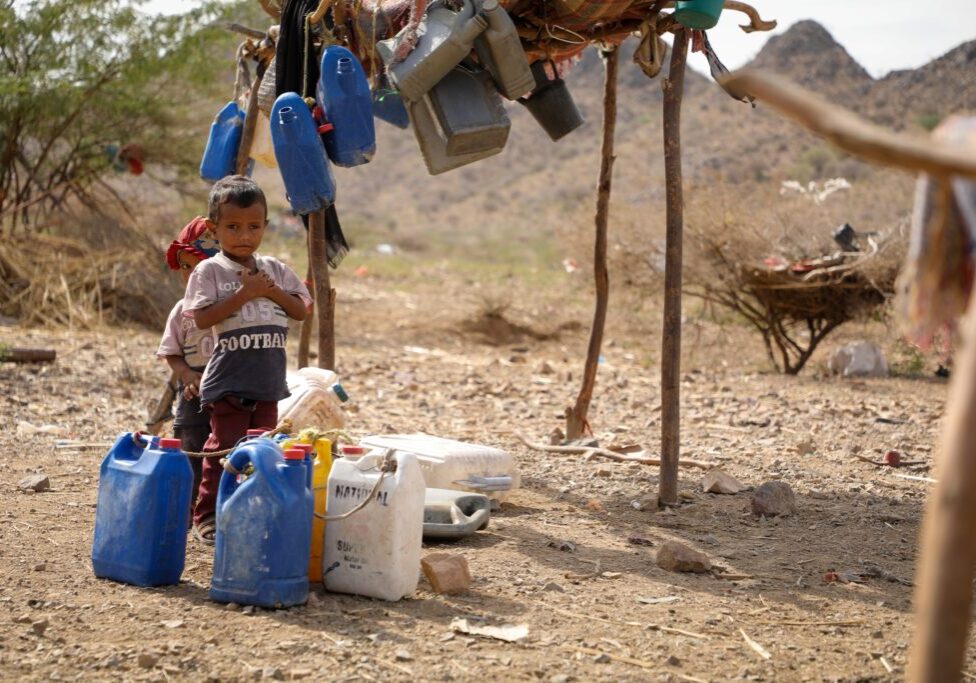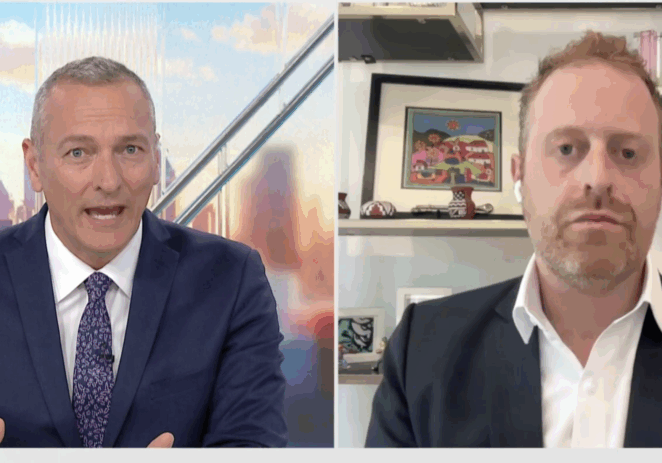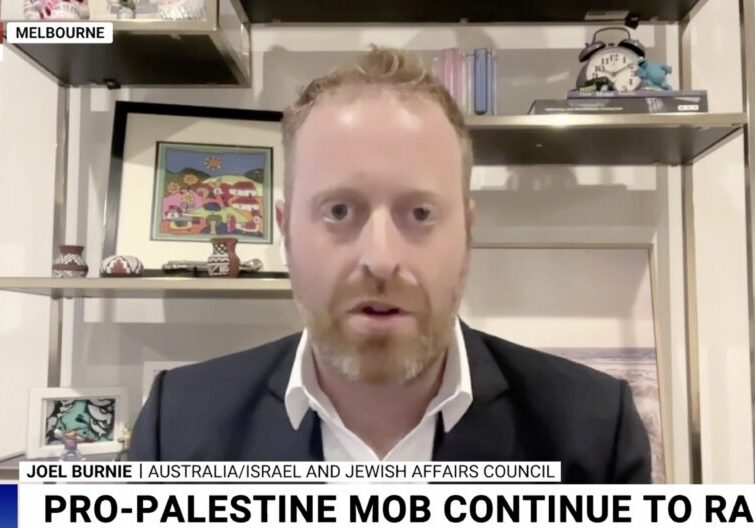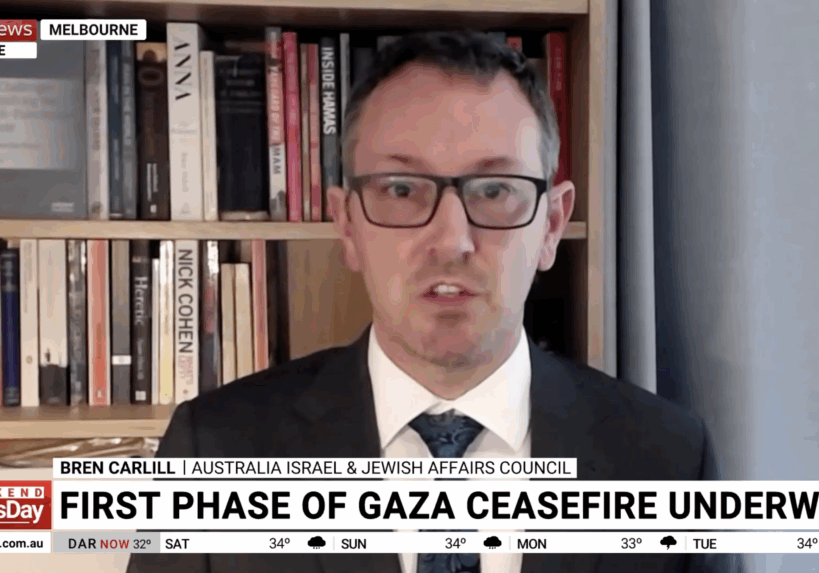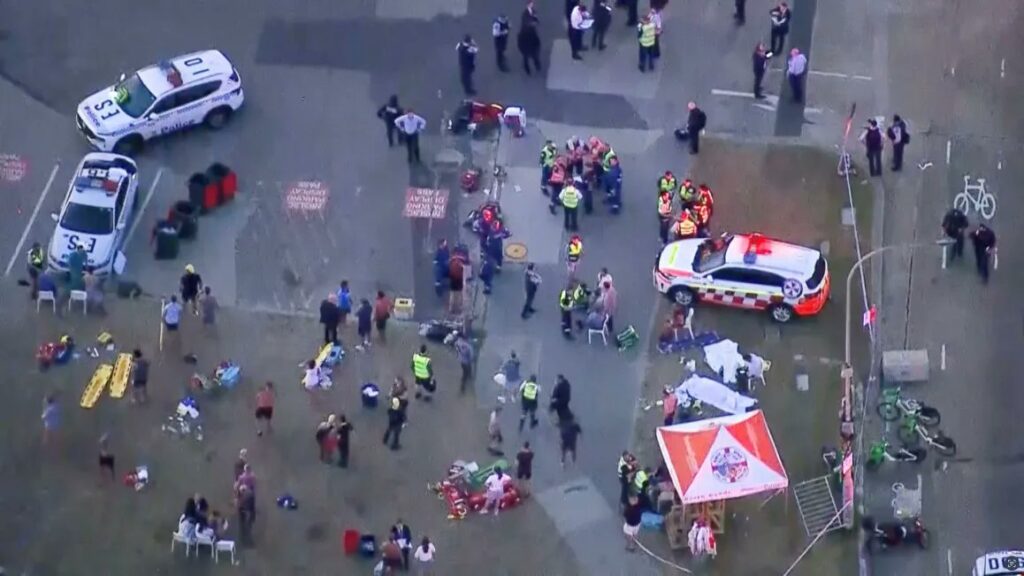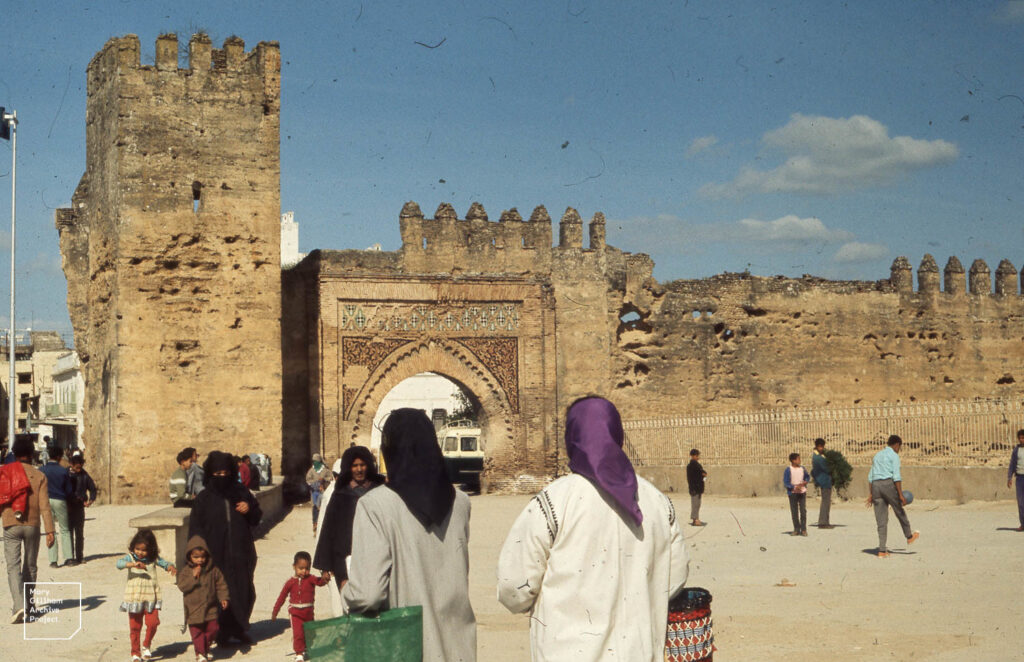FRESH AIR
Iran’s nuclear weapons threats are actually a sign of weakness
August 5, 2022 | Ran Porat

In a nutshell
Talks between Iran and the other signatories of the JCPOA (Joint Comprehensive Plan of Action) nuclear deal resumed in Vienna on August 4, in a last-ditch attempt to restore that flawed agreement. Yet in recent weeks, top Iranian officials have been trying to raise the stakes, trumpeting the message that they are just one decision away from possessing nuclear weapons. More than anything, these warnings appear to reflect an elevated sense of pressure in Teheran, and are a sign of weakness, with the regime recognising it now faces increasing threats to its goals and viability.
What was said and by who?
- Kamal Kharrazi, the Foreign Policy Advisor to Iran’s Supreme Leader, Ayatollah Ali Khamenei, boasted on Al-Jazeera (July 17) that “It is no secret that we have the technical capabilities to manufacture a nuclear bomb, but we have no decision to do so.” He also said that “It is no secret that we have become a nuclear threshold country. This is the reality. This is the fact.”
- Mohammad-Javad Larijani, another top Khamenei adviser, said (July 17) on an Iranian TV program: “We do not have permission to pursue weapons of mass destruction, including nuclear weapons, but if at some point we decide to do it naturally no one can prevent us. They [US and Israel] also know this.”
- Following the statements by Kharrazi and Larijani, Iran’s foreign ministry spokesman Nasser Kanani backpedalled a little by referring (July 20) to a never publicly released alleged Fatwa (Islamic decree) issued by the founder of the Islamic Republic, Ayatollah Ruhollah Khomeini, which is said to forbid the deployment weapons of mass destruction. “It seems that there has been no change in the view and position of the Islamic Republic of Iran”, Kanani said.
- However, only a few days later, Iranian lawmaker Sabbaghian Bafghi warned (Aug 2) that “We will ask Supreme Leader Ali Khamenei to change his fatwa and strategy on the prohibition of producing nuclear weapons if the enemies of the Islamic Republic continue their threats.”
- The head of Iran’s Atomic Energy Organisation, Mohammad Eslami, also claimed that Iran has the technical ability to build a nuclear bomb, but has no intention of doing so.
- Finally, a video posted (July 29) on a Telegram channel affiliated with the Islamic Revolutionary Guards Corps (IRGC) ominously asked, “When will Iran’s sleeping nuclear bomb wake up?” Messages posted on this channel claimed that Iran can produce enough highly enriched material for one atomic warhead at the fortified underground facility at Fordow. Eslami reportedly confirmed that claim on Aug 1.
Reasons for the statements
- Internal pressures – The current Government headed by President Ebrahim Raisi (aka ‘the Butcher of Teheran’, due to his role in mass executions in the 1980s) has no achievements to hold up in the face of public criticism. The economy is deteriorating under international sanctions, while huge sums of money are being wasted on proxy wars across the region. Israel, along with possibly other foreign players, kills senior scientists, officers and terrorists on Iranian soil and also allegedly attacks nuclear and military facilities within Iran, with relative impunity.
The hardline Government is desperately trying to fend off criticism from the even more radical wing of its own extreme faction, most notably from the Iranian Revolutionary Guard Corps (IRGC) – which has considerable representation in the Government and almost complete control over it. Recent threats about a nuclear weapon being in reach are meant to pressure the Biden Administration to capitulate to its demands and remove the stifling sanctions from Iran.
So far, the Iranians have been playing hard-to-get in the negotiations, refusing to share the same space with the Americans, and making impossible demands, such as a promise that no future US administration would leave the deal (as President Trump did in May 2018) or the removal of the biggest terrorist organisation in the world, the IRGC, or its economic body, the Khatam al Anbiya, from the US terror list.
Meanwhile, for one and a half years now since President Biden took office, the Iranians have continuously escalated their gross violations of their nuclear commitments – increasing uranium enrichment to military levels, experimenting with advanced centrifuges and nuclear weapons materials and reducing international oversight to almost zero.
Hence, the latest Iranian statements are designed to up the ante, signalling that the price of not conceding to their demands would be Iran forging ahead towards the bomb in short order.
- A response to US talk about a ‘military option’ – During his visit to Israel in mid-July, President Joe Biden stated (July 14) that the US is “prepared to use all elements of its national power” to stop Iran from getting a nuclear weapon. A few days beforehand, he confirmed during an interview with an Israeli journalist (aired July 13) that he would be willing to use force to stop Iran from obtaining a nuclear weapon, “if that is the last resort, yes.” Meanwhile, Israel is openly threatening and making on-the-ground preparations to attack Iran if Teheran comes close to military nuclear capabilities.
To save face, Teheran feels it must respond to those messages and developments. That is why mullahs have chosen to wave the “nuclear card”, claiming that military action will not be able to stop Iran if it decides to produce the bomb.
- Positioning itself as a de-facto nuclear threshold country – It’s still unclear if Iran has actually reached the technological stage where it is on the cusp of becoming a nuclear weapons state, but it is certainly edging close to that point. The regime stands to benefit greatly if it is considered a nuclear threshold country. Such a status will provide increased immunity for the unpopular ayatollahs at home and enable Teheran to freely pursue its program of destabilisation across the Middle East, directly and through proxies, under a nuclear umbrella.
- Deterrence vis-à-vis the anti-Iran axis – The regime wants to send a stark warning to its enemies in the region, spearheaded by Israel and Saudi Arabia, that Teheran will go nuclear if it feels too threatened by its neighbours. The ayatollahs feel more isolated in recent years after numerous Arab countries either normalised relations with Israel, or began to cooperate with Jerusalem more intensively ‘under the table’, including Gulf states right on Iran’s doorstep. Teheran’s response is to try to create deterrence vis-à-vis its enemies by claiming to be on the verge of being a nuclear weapons state.
Dr. Ran Porat is an AIJAC Research Associate. He is also a Research Associate at the Australian Centre for Jewish Civilisation at Monash University and a Research Fellow at the International Institute for Counter-Terrorism at the Reichman University in Herzliya.
RELATED ARTICLES

Sentencing for antisemitic vandalism “manifestly inadequate”: Joel Burnie on Sky News

“Bittersweet” aftermath of hostage release deal: Joel Burnie on Sky News



